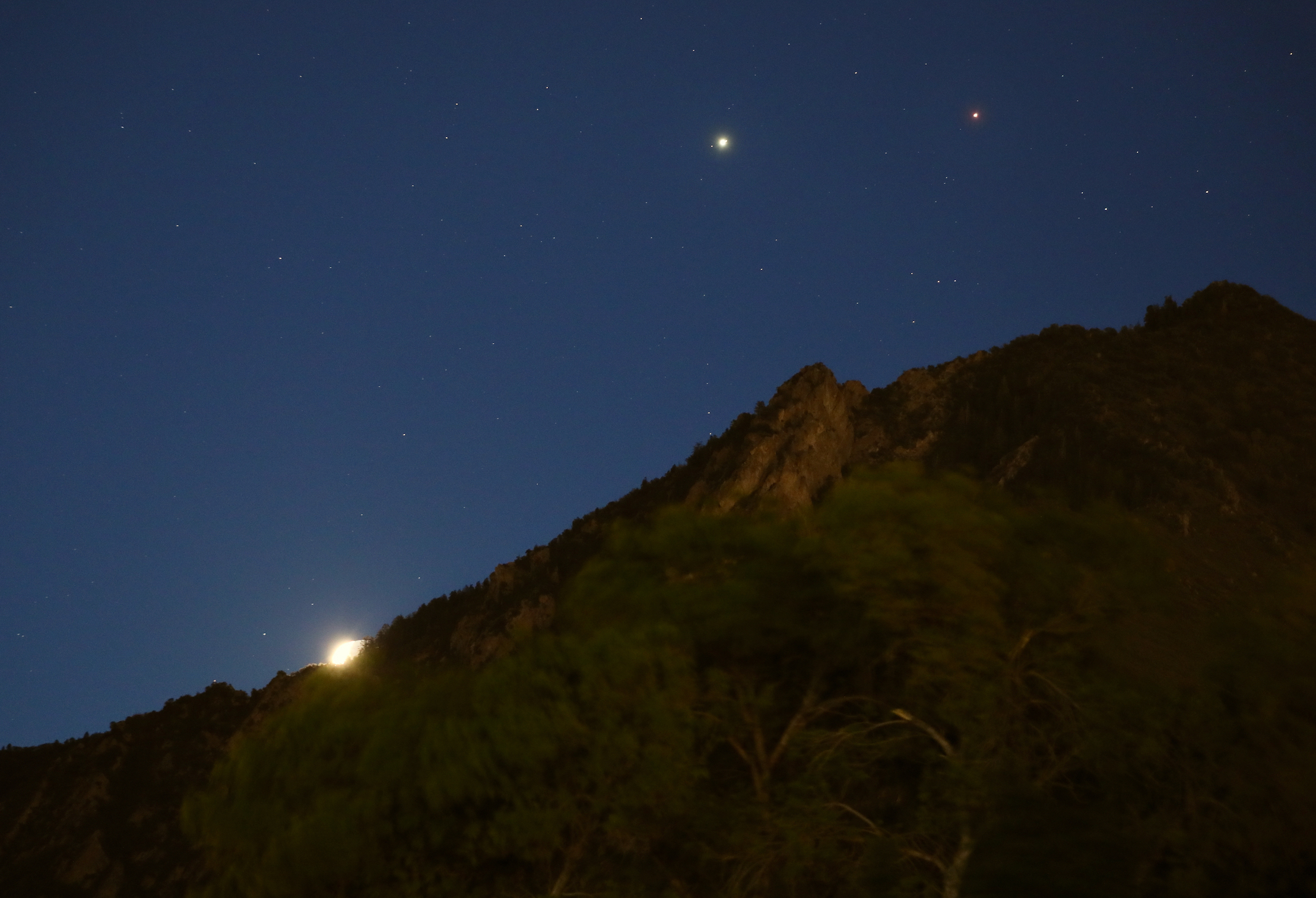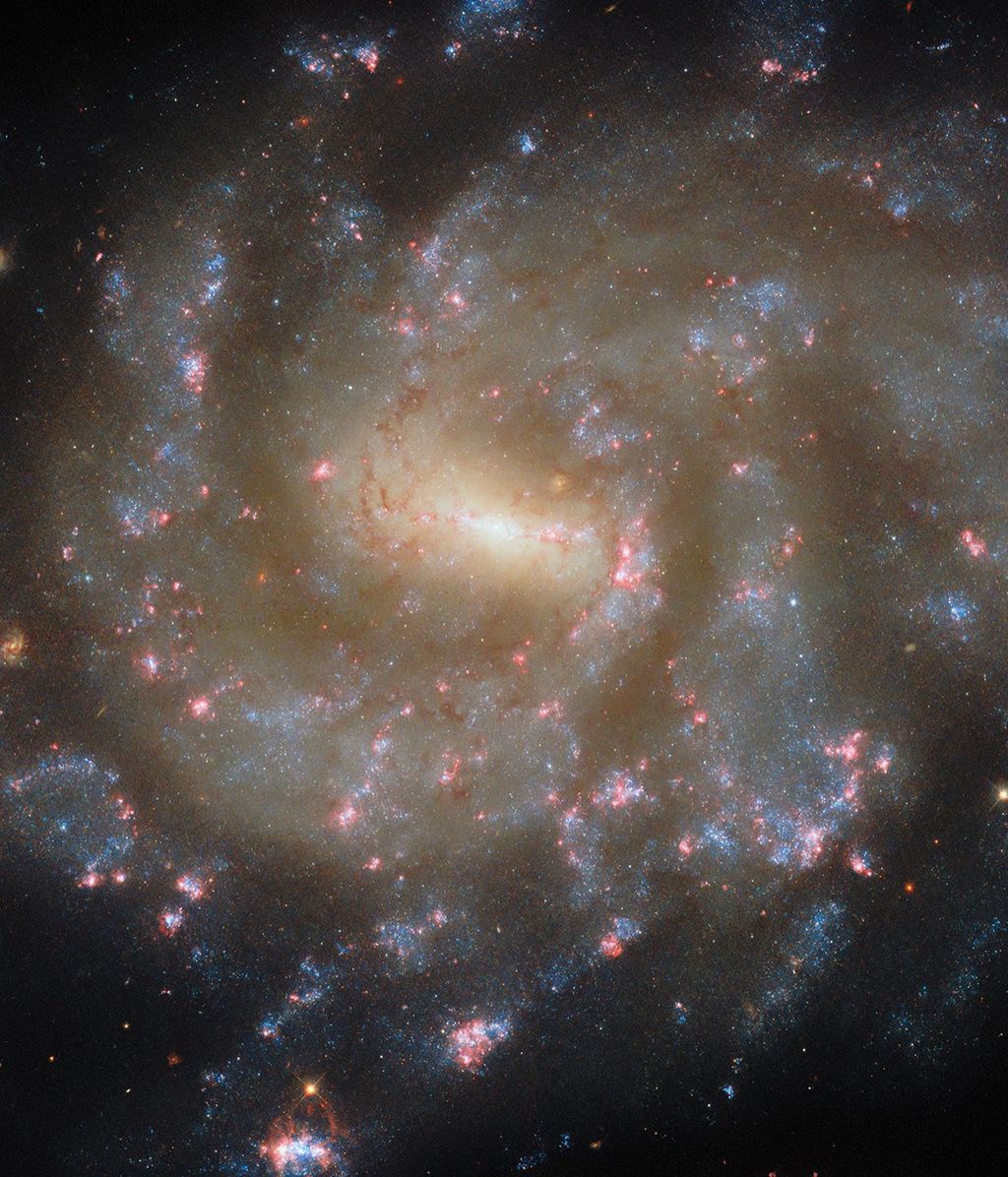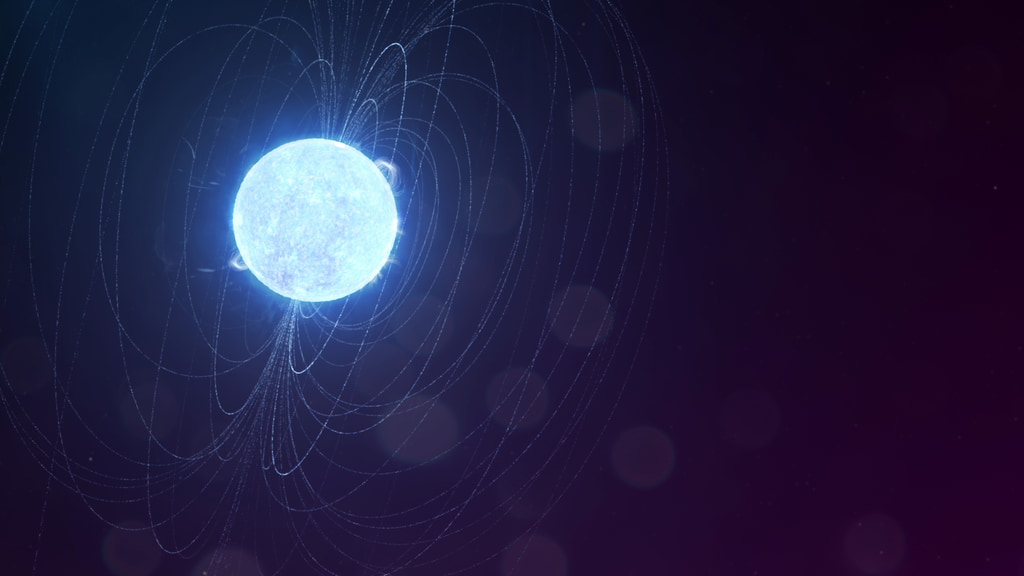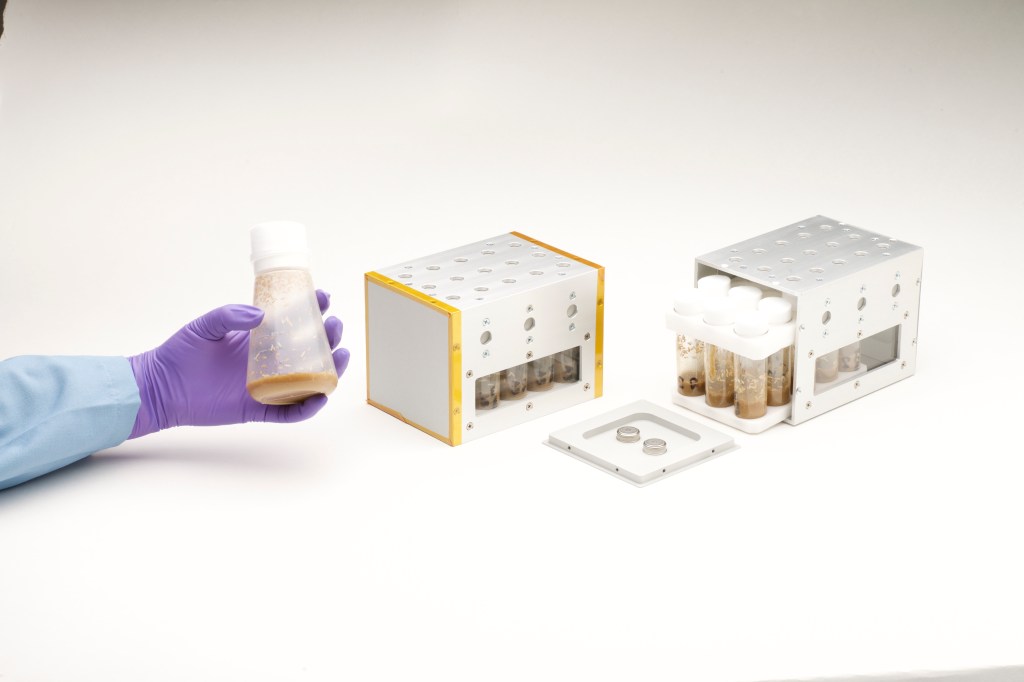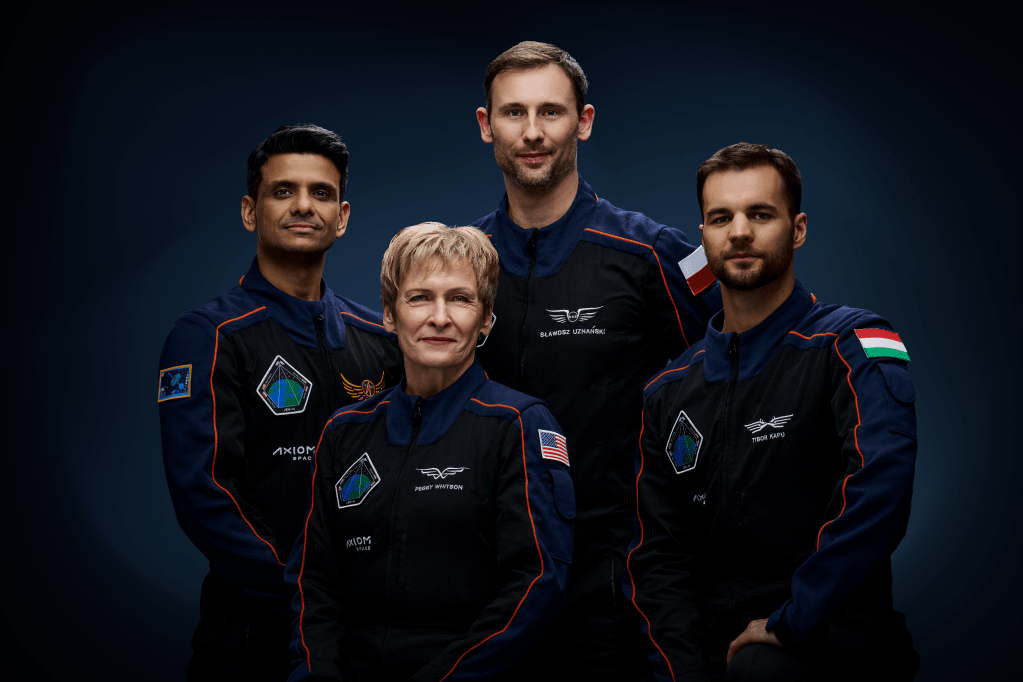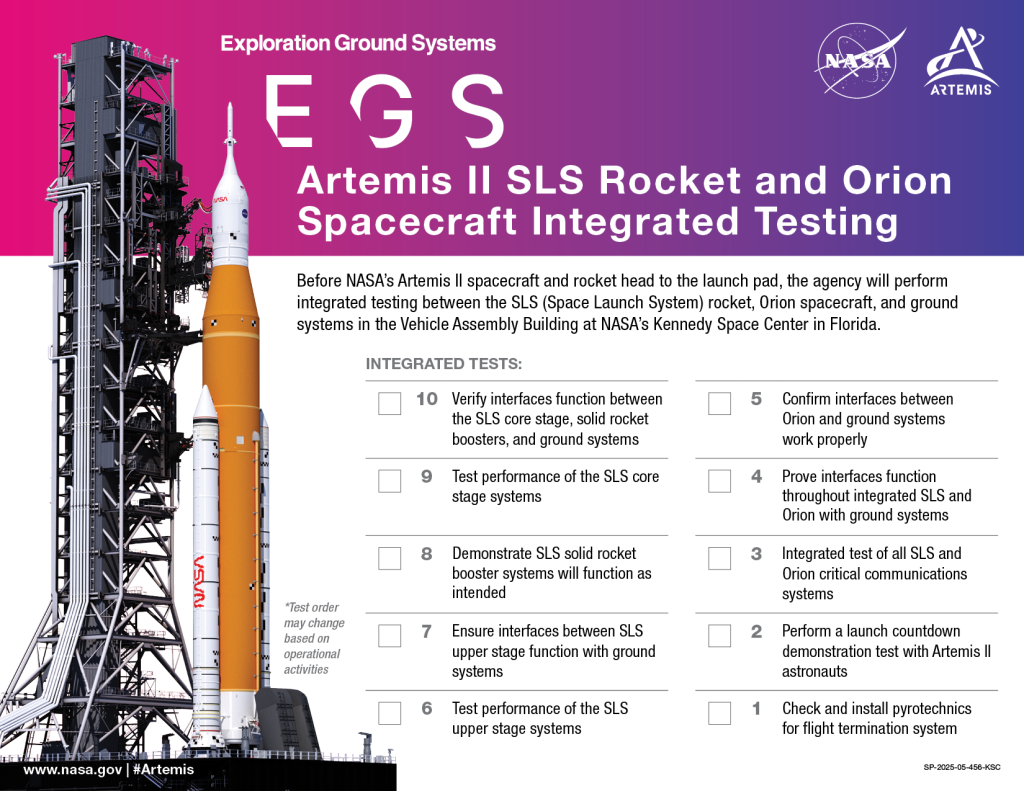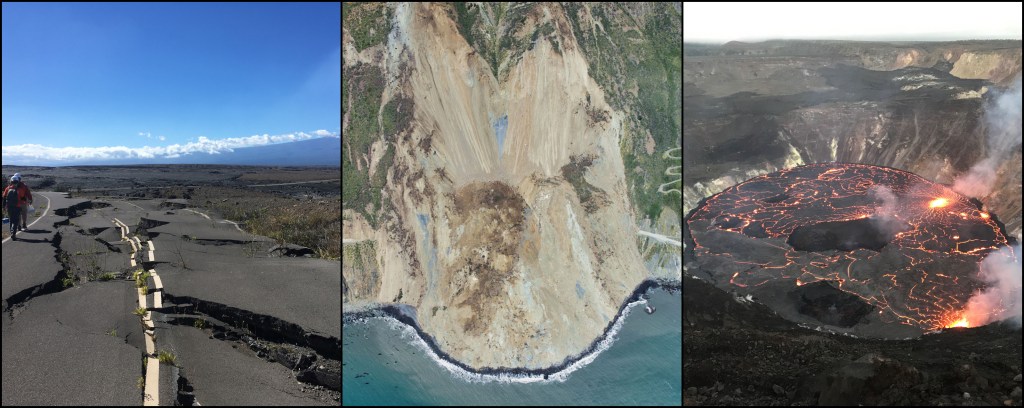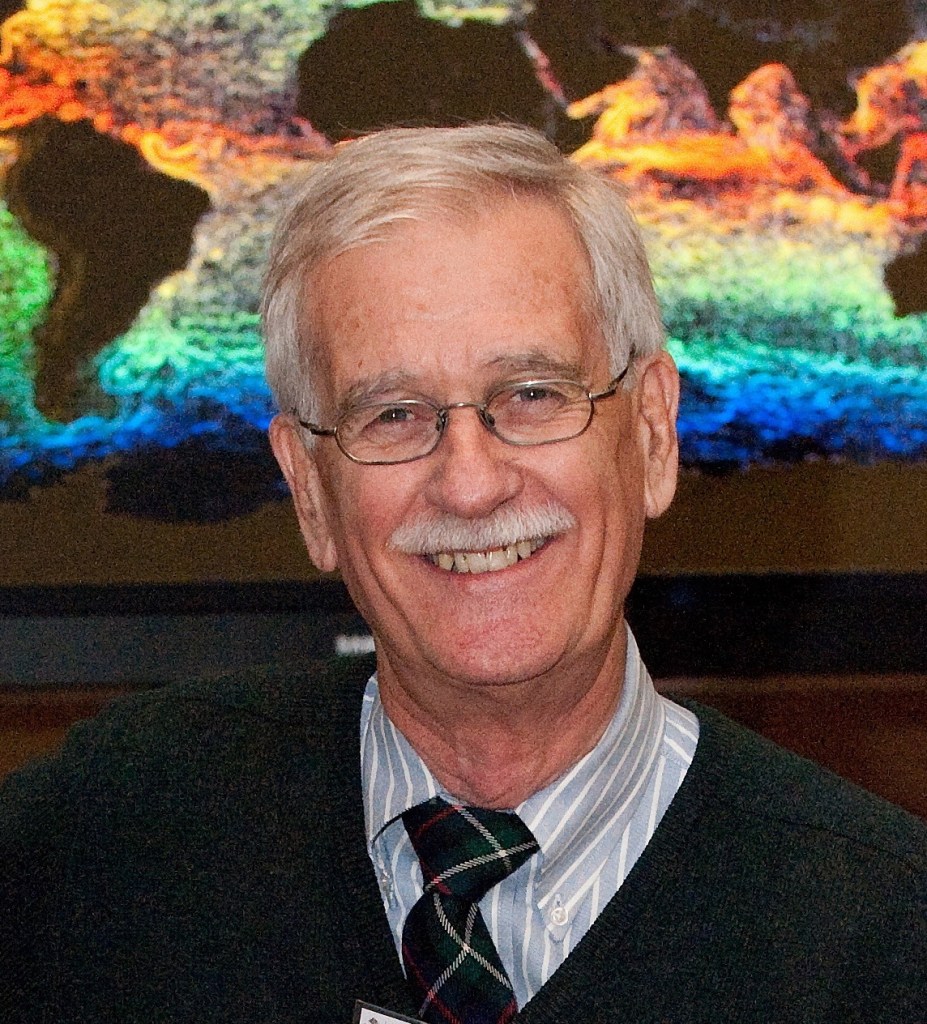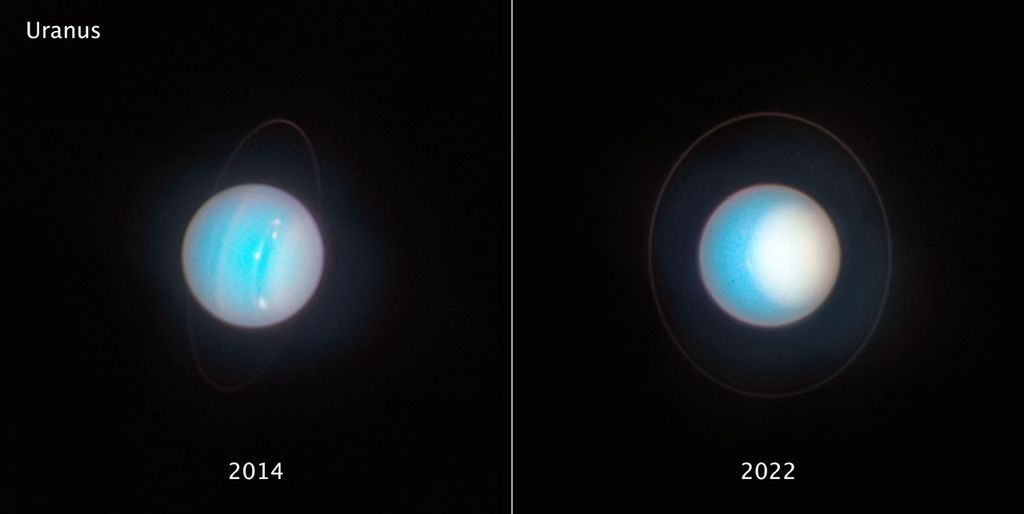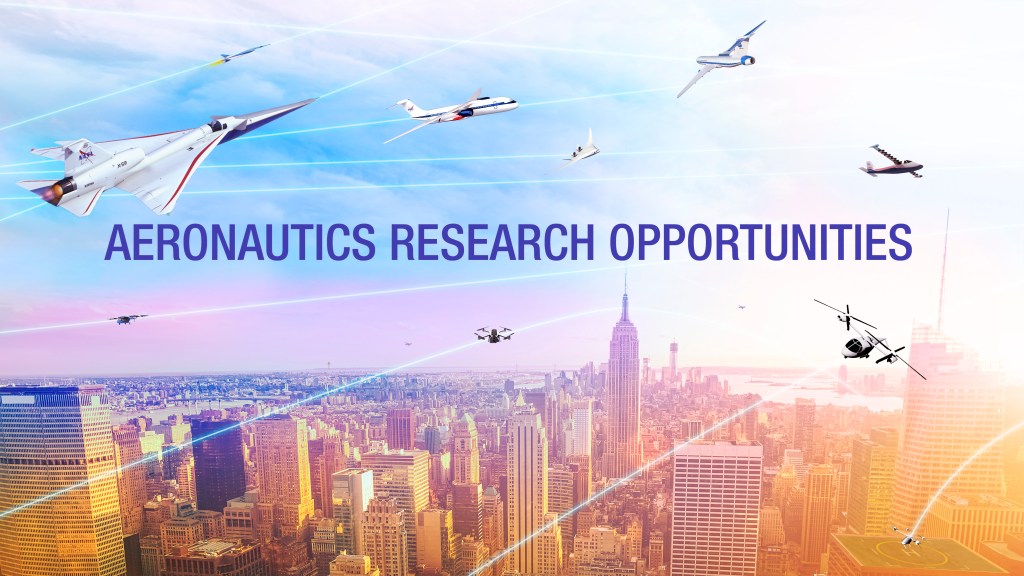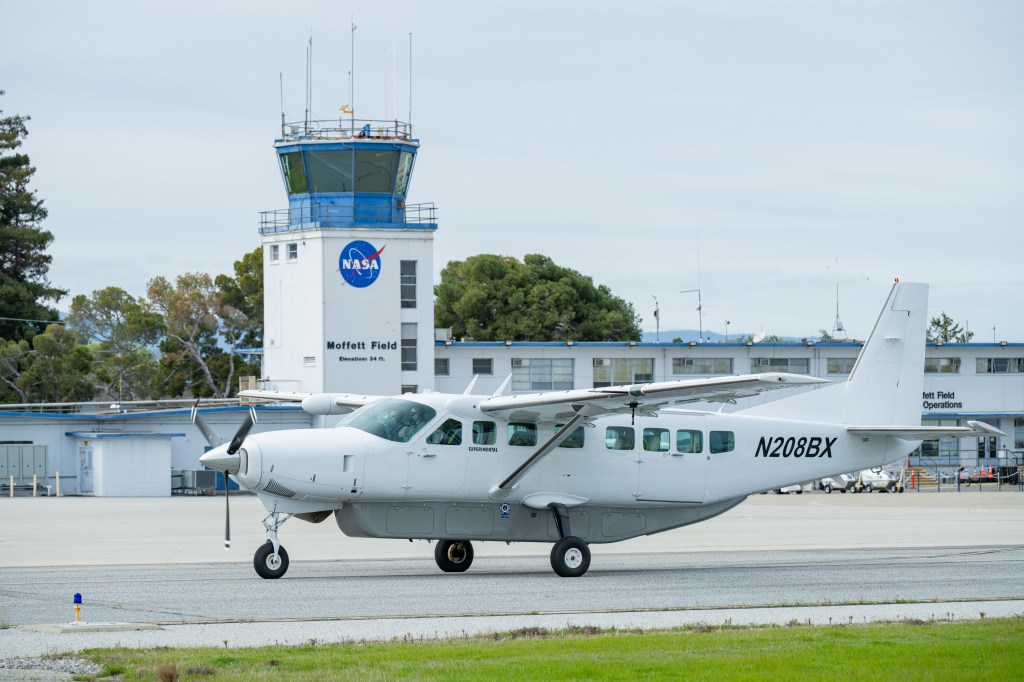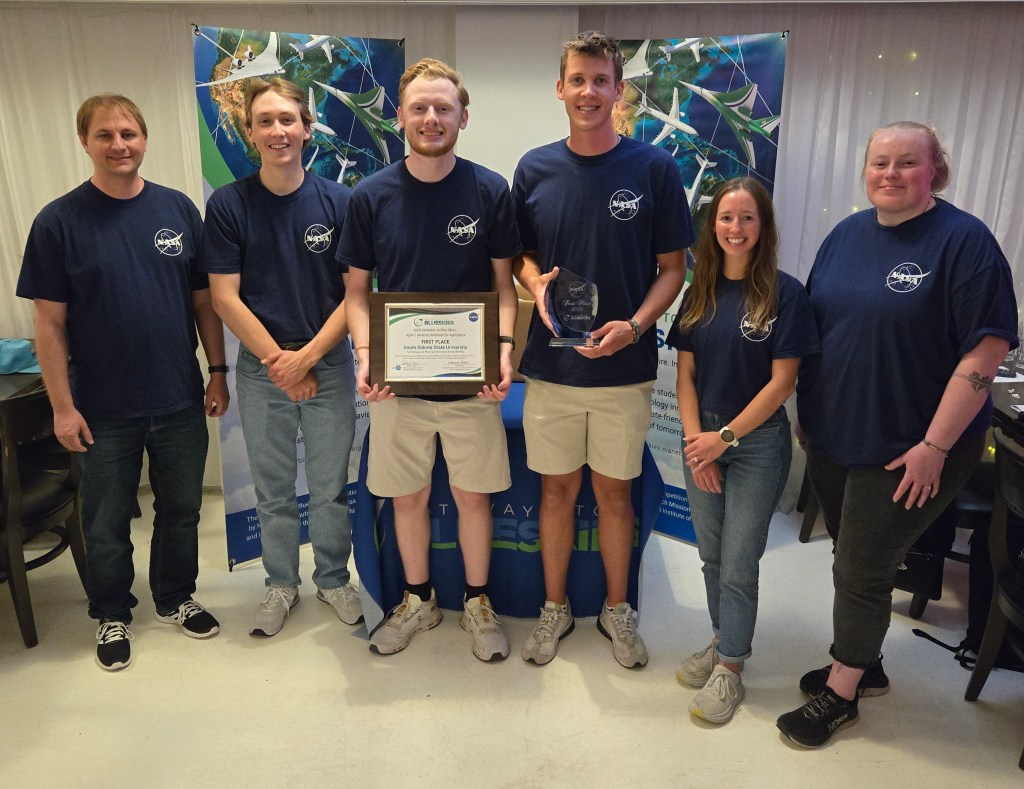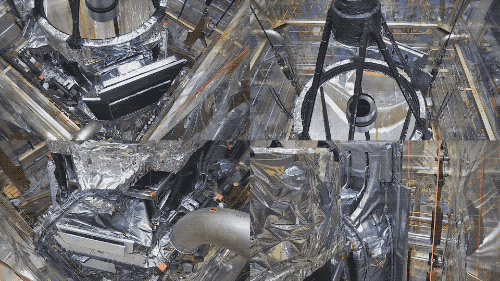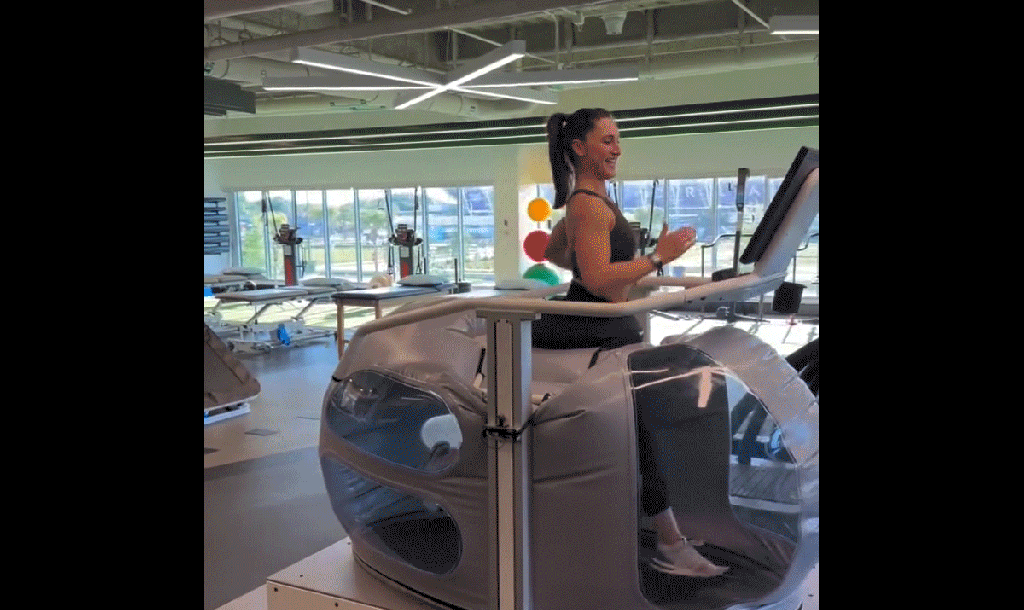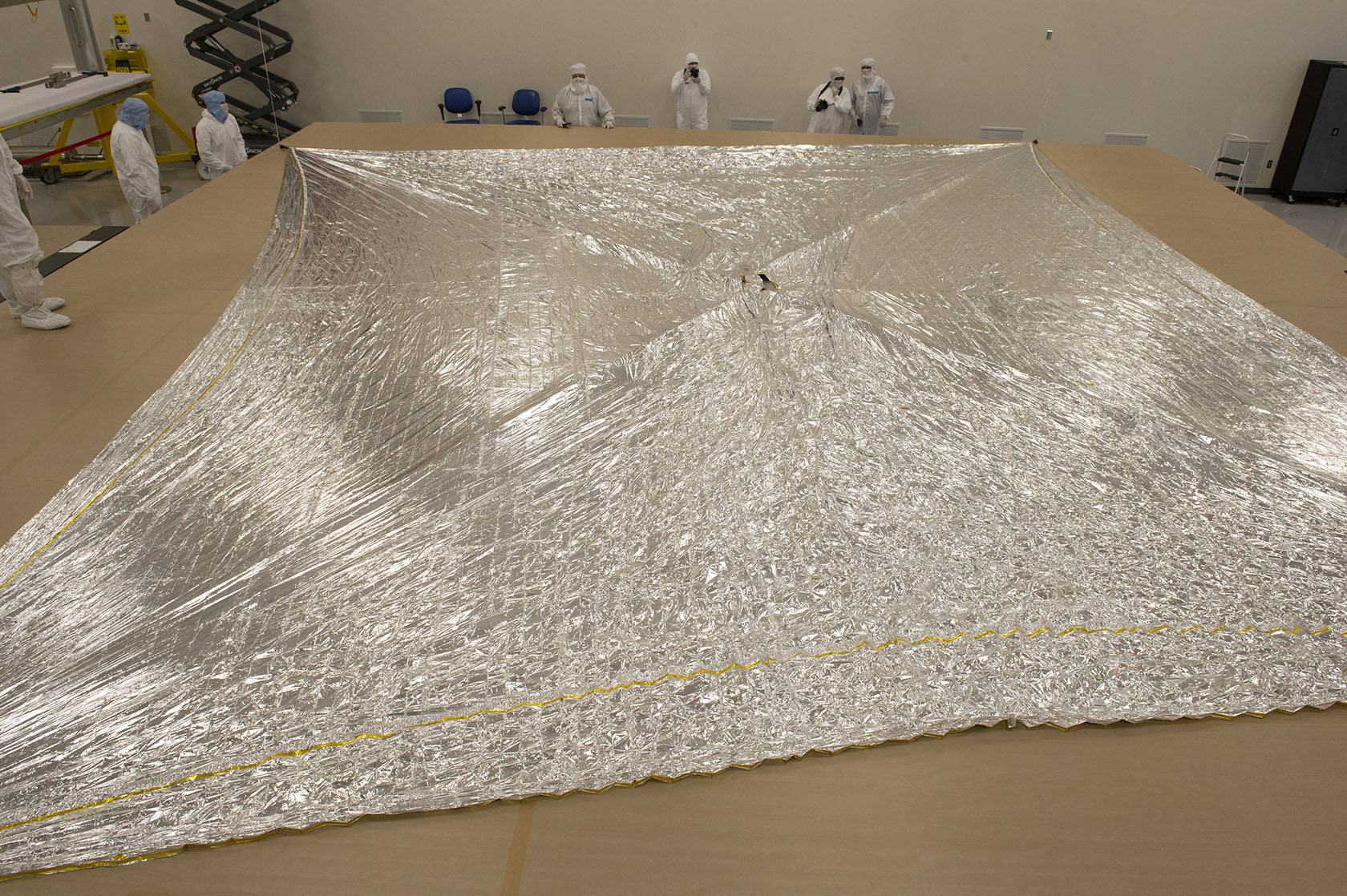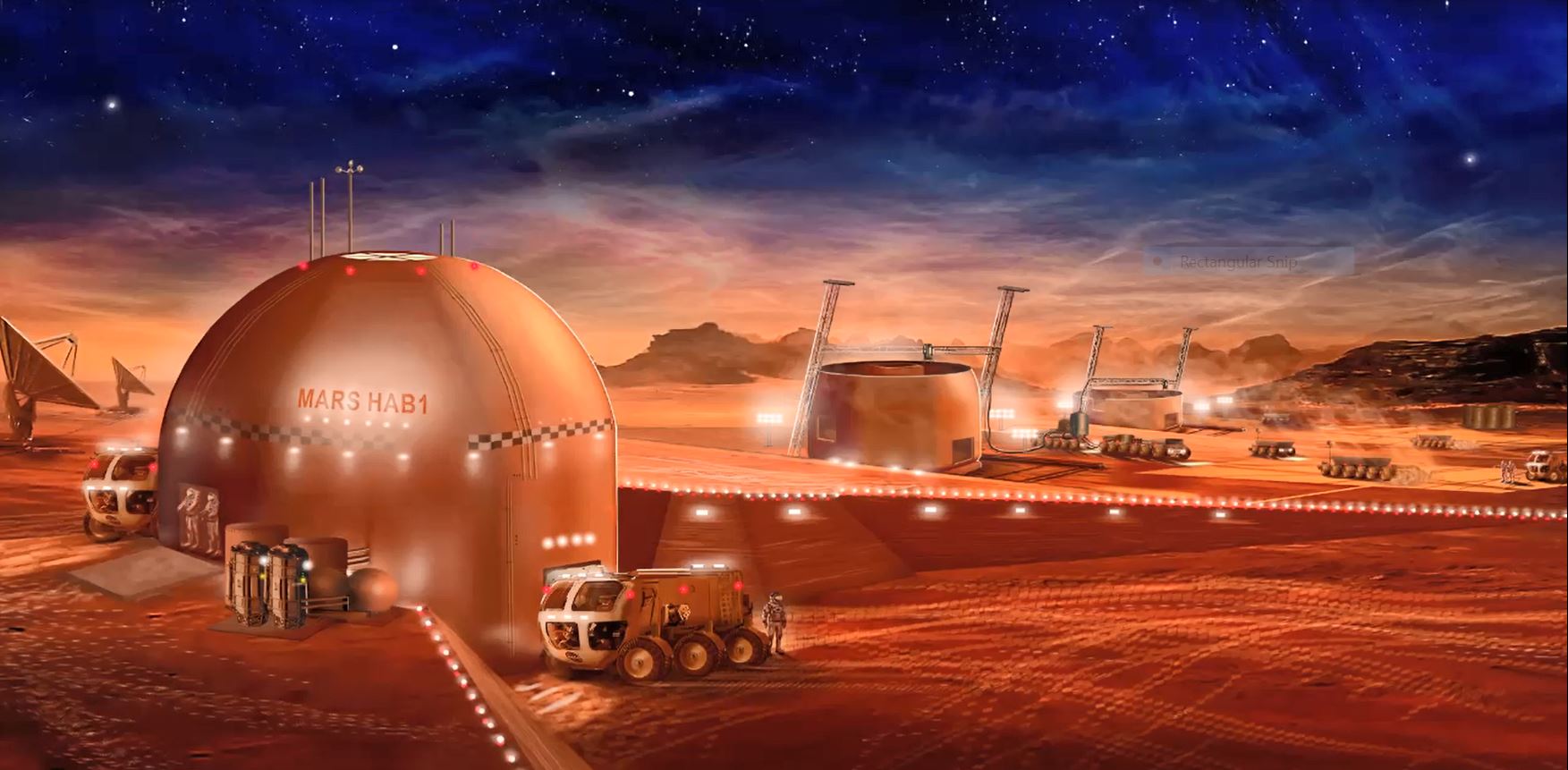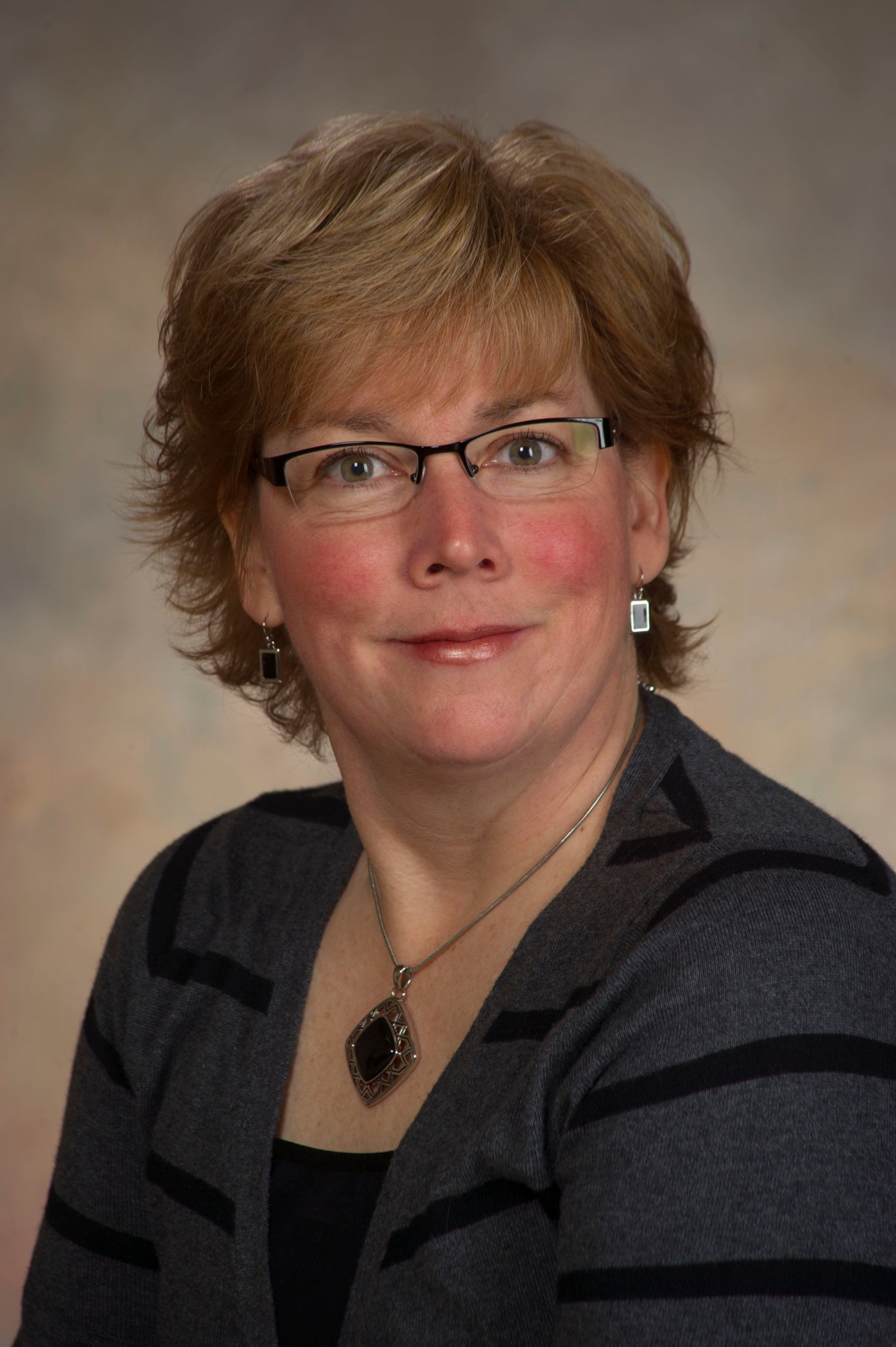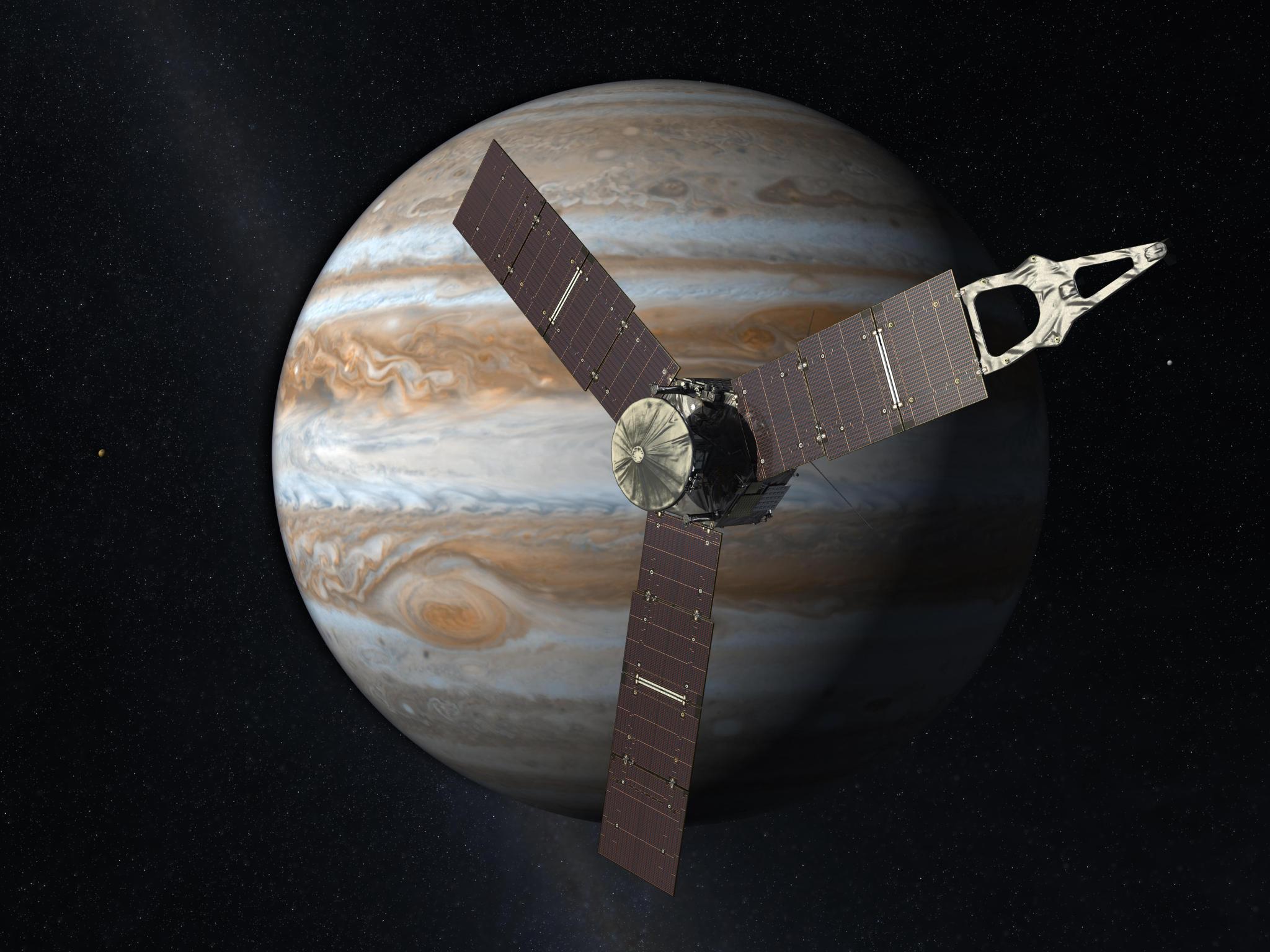In This Week’s Star
- NASA Tests Solar Sail for CubeSat that Will Study Near-Earth Asteroids
- Top 10 Teams Selected in Virtual Model Stage of NASA’s 3D-Printed Habitat Challenge
- SpaceX Resupply Launch Brings an Early Dawn to Space Coast and New Experiments and Hardware to ISS
- Mary Beth Koelbl Appointed Anti-Harassment Coordinator for Marshall
- Essential to the Mission: Emily Naderi
- Marshall Deputy Director Jody Singer Encourages Women in STEM Professions at San Francisco Conference
- Marshall Retirees Association Gets Update on SLS Progress
- This Week in NASA History: Juno Arrives at Jupiter – July 4, 2016
NASA Tests Solar Sail for CubeSat that Will Study Near-Earth Asteroids
NASA’s Near-Earth Asteroid Scout, a small satellite designed to study asteroids close to Earth, performed a successful deployment test June 28 of the solar sail that will launch on Exploration Mission-1 (EM-1).The test was performed in an indoor clean room at the NeXolve facility in Huntsville.
NEA Scout is a six-unit CubeSat that relies on an innovative solar sail for propulsion. It is one of 13 secondary science payloads NASA selected to fly on EM-1. The first in a series of increasingly complex missions, EM-1 will be the first integrated test of NASA’s Space Launch System rocket, NASA’s Orion spacecraft and the newly upgraded Exploration Ground Systems at Kennedy Space Center. In addition to testing these integrated systems, this first flight will also provide the rare opportunity for these small experiments to reach deep space destinations, conducting science missions and testing key technologies beyond low-Earth orbit.
“Developing a sail to harness the Sun’s energy to fly through space was once thought impossible,” said Joe Matus, NEA Scout project manager at NASA’s Marshall Space Flight Center. “Just in this decade we’ve seen innovation and progress on this promising technology and NEA Scout is another step to using solar sails to explore our solar system. This team has worked really hard to make this technology a reality, and knowing that the sail we just tested will be the actual sail that propels NEA Scout through space is very exciting, and a testament to the knowledge and capabilities of our team.”
NEA Scout will deploy from the rocket after the Orion spacecraft is separated from the upper stage. When deployed, the sail, which is square in shape, with each side about the length of a school bus, will harness the light of the Sun to use as propulsion to move through space. Instead of wind, solar sails reflect sunlight for thrust, minimizing the need for fuel. This method reduces the size and weight of the spacecraft, thereby resulting in cost savings. The NEA Scout solar sail will deploy from the spacecraft using four arms — called booms — to hold the sail, much like a sail on a ship. After deployment, the satellite will travel to and fly-by an asteroid, taking photographic data that will help scientists better understand not only the asteroid itself, but the risks and challenges that future human exploration missions may encounter.
“Over the last couple of tests of our engineering test unit, we made improvements to the spacecraft’s sail deployment system,” said Tiffany Lockett, NEA Scout project system engineer at Marshall. “This test is the first and only time the sail will be deployed before it flies on EM-1, so we had to make sure the system will work correctly. We are analyzing the test data to make sure the deployment system worked as expected, before final assembly into the spacecraft and delivery for launch.”
Solar sails can’t run out of fuel as long as the Sun shines, allowing them to propel spacecraft farther and faster than some traditional propulsion technologies. Spacecraft like NEA Scout are the next step toward larger and more capable solar sails that can take our science instruments farther into the solar system, enabling new science and exploration missions.
NASA’s Advanced Exploration Systems manages NEA Scout with the team led at Marshall with support from NASA’s Jet Propulsion Laboratory and NASA’s Langley Research Center. Advanced Exploration Systems infuses new technologies developed by NASA’s Space Technology Mission Directorate and partners with the Science Mission Directorate to address the unknowns and mitigate risks for crews and systems during future human exploration missions.
For more information about Secondary Payloads, visit:
https://www.nasa.gov/launching-science-and-technology
Top 10 Teams Selected in Virtual Model Stage of NASA’s 3D-Printed Habitat Challenge
NASA’s 3D-Printed Habitat Challenge is challenging teams of citizen inventors to push the state of the art of additive construction to design and build sustainable shelters for humans to live on Mars.
Previous levels of the challenge have resulted in advanced habitat concepts, material compositions and printing technologies. The current stage — Phase 3: Level 1 — of the multi-level contest challenges participants to prepare digital representations of physical and functional characteristics of a house on Mars using Building Information Modeling — BIM — software tools.
The habitat must comprise 1,000 square feet of living space to support four astronauts for one year and include plans for systems such as life support, mechanical and electrical, spacesuit and rover hatches, and plumbing.
“This stage of the competition asks the participants to design habitats that will combine shelter with critical survival systems,” said Monsi Roman, program manager for the Centennial Challenges Program. “We are asking them to look beyond the physical structure into the needs of our future explorers.”
Eighteen teams submitted their designs on May 16, and judges have selected the top 10 teams that will continue to compete for $100,000 in prize money to be awarded to the top five teams in July. The teams will be evaluated by a panel of subject matter experts from NASA and industry.
The teams, listed in alphabetical order, are:
ALPHA Team – Marina Del Rey, California
Colorado School of Mines – Golden, Colorado
Hassell & EOC – San Francisco
Kahn-Yates – Jackson, Mississippi
Mars Incubator – New Haven, Connecticut
AI. SpaceFactory – New York
Northwestern University – Evanston, IllinoisSEArch+/Apis
Cor – New York
Team Zopherus – Rogers, Arkansas
X-Arc – San Antonio
“There is a great breadth in use of technology and 3D-modeling skills among the judges that range from Building Information Modeling software developers to the most sophisticated applications of virtual design and construction,” said Pete Carrato, lead judge and Fellow Emeritus at challenge sponsor Bechtel. “Each team’s submission is a view into the future of developing surface-based facilities on Mars.”
The goal of the 3D-Printed Habitat Challenge is to foster the development of technologies to manufacture a habitat using local indigenous materials with, or without, recyclable materials. The vision is that autonomous machines will someday be deployed in deep space destinations, including Mars, to construct shelters for human habitation. On Earth, these same capabilities could be used to produce affordable housing wherever it is needed or where access to conventional building materials and skills are limited.
The challenge, which began in 2014, is structured in phases:
Phase 1, the Design Competition, required teams to submit architectural renderings. Completed in 2015, it had a $50,000 prize purse.
Phase 2, the Structural Member Competition, focused on material technologies, requiring teams to create structural components. It was completed in 2017 and had a $1.1 million prize purse.
Phase 3, the current phase, On-Site Habitat Competition, challenges competitors to fabricate sub-scale habitats, and has five levels of competition — three construction levels and two virtual levels. For the virtual levels, teams must use BIM software to design a habitat that combines allowances for both the structure and systems it must contain. The construction levels challenge the teams to 3D-print elements of the habitat, culminating with a one-third-scale printed habitat for the final level and has a $2 million prize purse.
The 3D-Printed Habitat Challenge is managed through a partnership with NASA’s Centennial Challenges Program and Bradley University in Peoria, Illinois. Bradley University has partnered with sponsors Caterpillar, Bechtel and Brick & Mortar Ventures to administer the competition. NASA’s Centennial Challenges program is part of the agency’s Space Technology Mission Directorate, and is managed at NASA’s Marshall Space Flight Center.
SpaceX Resupply Launch Brings an Early Dawn to Space Coast and New Experiments and Hardware to ISS
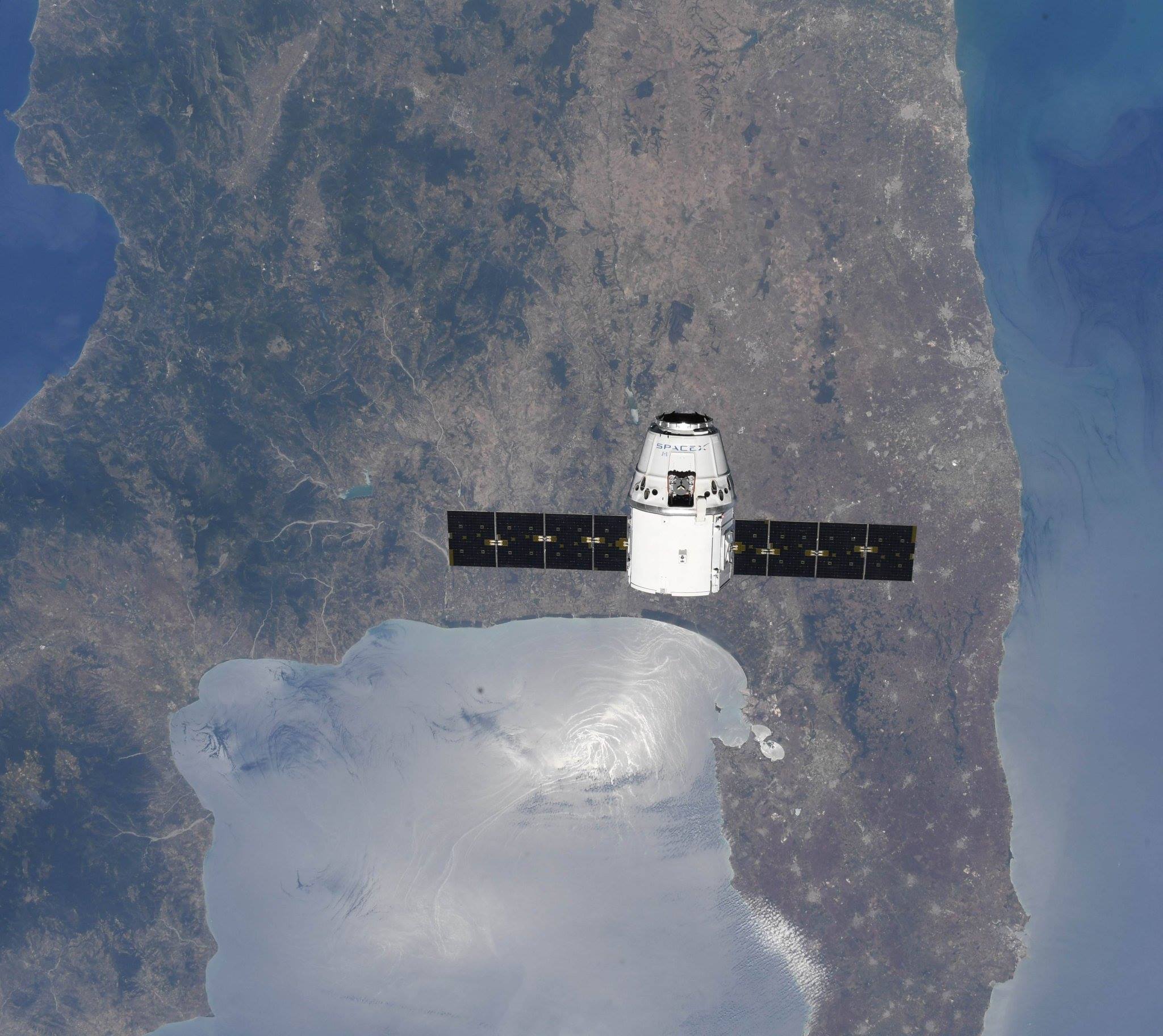
Dawn came earlier than normal to the U.S. Space Coast and Cape Canaveral Air Force Station June 29 with the launch of SpaceX’s Falcon 9 rocket, sending its Dragon capsule and 5,900 pounds of experiments and supplies to the International Space Station. The Dragon capsule docked with the orbiting outpost on July 2. Here, the Dragon flies over the boot of Italy. The avionics for the new Life Sciences Glovebox, developed at NASA’s Marshall Space Flight Center, are among the experiments carried by Dragon. The glovebox provides the astronauts a larger workspace for experiments that require a more rigorously controlled environment. The avionics supply power to the work station and enable data to be sent to back to Earth. The box itself will be launched to the space station later in 2018. The Falcon 9 booster launched NASA’s TESS — Transiting Exoplanet Survey Satellite — mission in April 2018 while the Dragon capsule previously flew a station resupply mission in 2016. Dragon is expected to stay docked to the station for 32 days. (NASA)
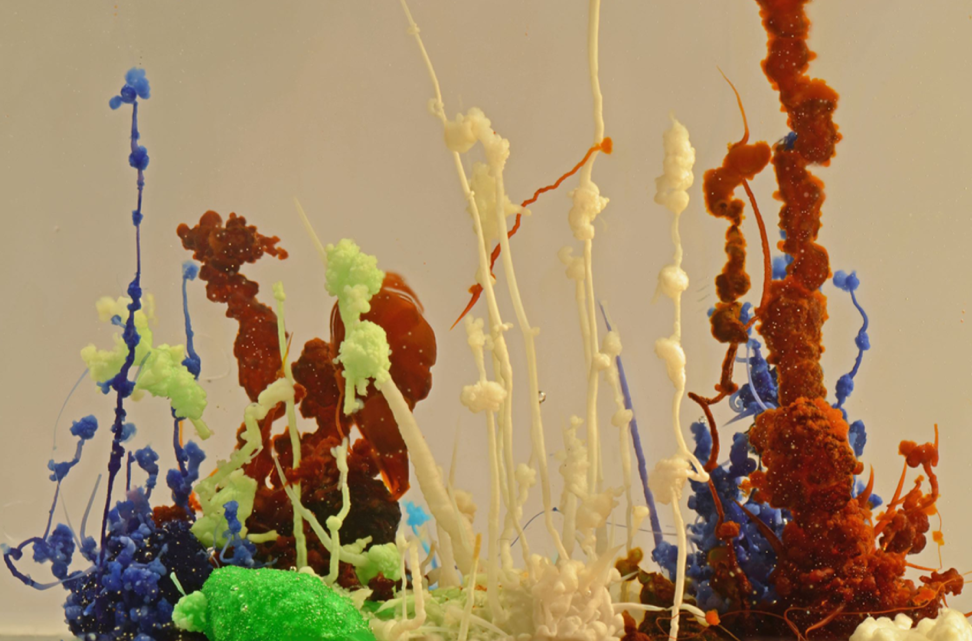
The International Space Station is well-known for the plants it is currently growing. Flying onboard the Dragon resupply capsule is a different type of garden called a chemical garden. Marshall’s Richard Grugel is one of the principal investigators for the project and Ellen Rabenberg is one of the co-investigators. Chemical gardens form from a series of reactions between a metallic salt and negatively charged molecule that forms structures resembling plants. The team is interested in how the structures form in the absence of buoyancy — an effect partially caused by gravity. The research will help scientists better understand many processes — including corrosion — and may help develop methods for repairing damaged cells and tissues. (Oliver Steinbock chemistry group at Florida State University)
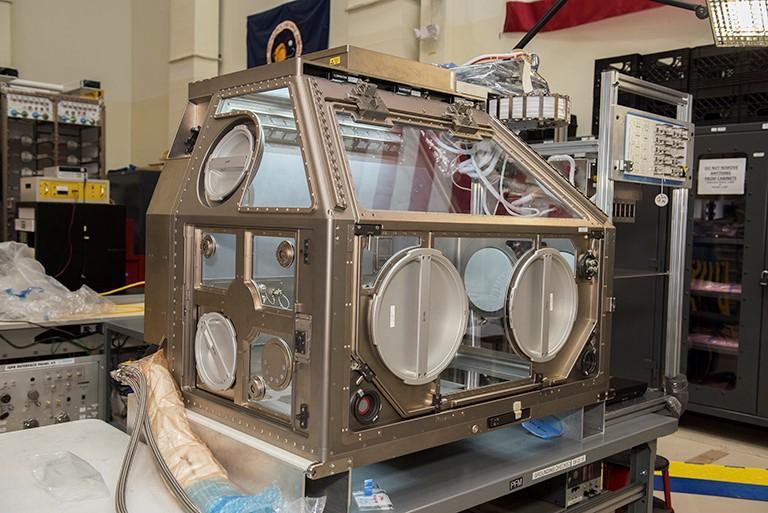
The Life Sciences Glovebox is a sealed work area that accommodates life science and technology investigations in a “workbench” type environment. Due to its larger size design, two crew members can work in the glovebox simultaneously. The avionics for the new facility were delivered on Dragon. (NASA/Lee Jordan)
Mary Beth Koelbl Appointed Anti-Harassment Coordinator for Marshall
Mary Beth Koelbl has been appointed anti-harassment coordinator at NASA’s Marshall Space Flight Center. Koelbl will assist managers and supervisors in investigating and addressing allegations of harassment.
Koelbl will continue in her position as manager of the Propulsions Systems Department in Marshall’s Engineering Directorate.
NASA has established anti-harassment procedures consistent with agency and center anti-harassment policies as stated in NASA Procedural Requirements NPR 3713.3, which establishes the requirements under which NASA employees and contractors may report allegations of harassing conduct. It also sets forth the responsibilities of all employees to maintain a harassment-free workplace. Marshall fully supports this procedure and reminds employees that harassment on any level will not be tolerated. Prompt and appropriate corrective action will be taken if it is determined that harassing conduct has occurred.
It is the responsibility of all employees to refrain from engaging in harassing conduct. Marshall’s Policy Statement on Harassment, dated April 16, 2018, provides additional guidance for employees, as well as other avenues to address harassment.
Essential to the Mission: Emily Naderi
By Jonathan Deal
Emily Naderi has been around NASA’s Marshall Space Flight Center for as long as she can remember. With both her parents working at NASA, Naderi grew up in the Marshall Child Development Center and spent her youth around the center. A few decades and career stops later, she is back at Marshall – this time as an equal employment specialist in the Office of Diversity and Equal Opportunity.
“It was neat coming back here to work because I knew all about NASA growing up,” said Naderi. But it wasn’t until I worked here that I realized there are so many amazing people here. Being able to support them so they can accomplish their mission has been so enjoyable.”
After graduating from the University of Alabama in Tuscaloosa with a bachelor’s degree in international studies, Naderi took a job supporting the intelligence community in Washington. Following a five-year stint in the capital, Naderi decided to return to Huntsville, accepting a contractor position supporting NASA’s Space Launch System, performing configuration management for the Spacecraft & Vehicle Systems Department.
Naderi supported SLS for a year and a half before taking a position in the Office of Diversity and Equal Opportunity, where she has worked since 2015. As an equal employment specialist, she assists with the Office’s Special Emphasis Programs — specifically the reasonable accommodations program — which helps people who have a disability or medical-related challenge find an accommodation that allows them to perform their job.
“Other things we do are conflict resolution and improve the under-represented demographics at Marshall,” said Naderi. “Some of that is through cultural heritage month programs and training and workshops that are open to everyone. Our hope is that by including everyone, we can reach people in every demographic group, including those groups where we are working to address under-representation.”
Some other goals the Office of Diversity and Equal Opportunity strives for include maintaining a diverse, highly qualified work force, and providing an inclusive, equitable and satisfying work environment in which every team member’s fullest potential is realized. Naderi and her colleagues play a big part helping Marshall reach those objectives.
“We get to be a part of an organization that benefits the whole world,” she said. “Even being on the mission support side, we still do a lot of the conflict resolution for the center. So even though we’re not engineering and building the hardware, we’re helping people be the best they can be and to hopefully understand each other better.”
Deal, an ASRC Federal/Analytical Services employee and the Marshall Star editor, supports the Office of Strategic Analysis & Communications.
Marshall Deputy Director Jody Singer Encourages Women in STEM Professions at San Francisco Conference
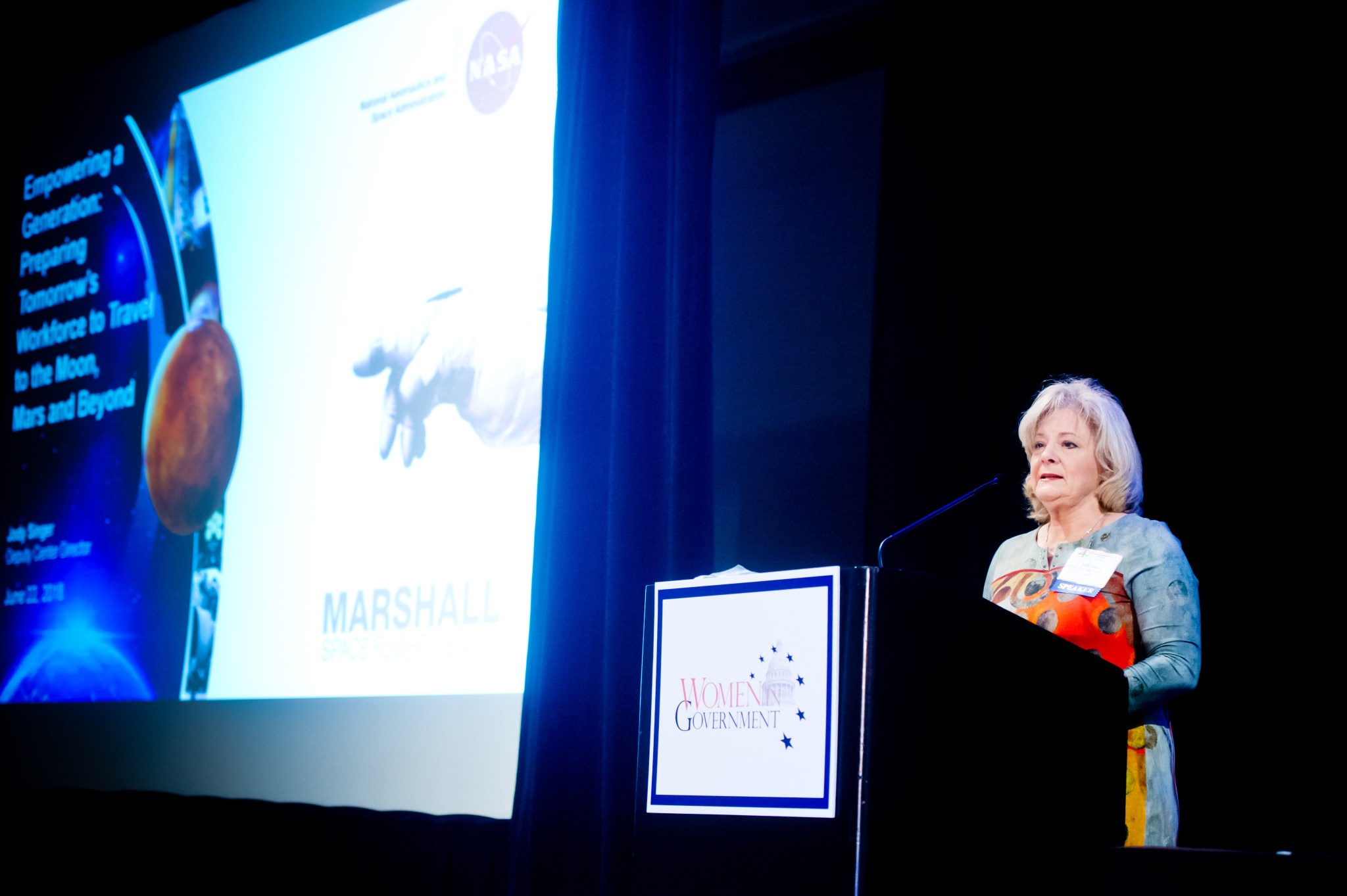
At the Women in Government National Legislative conference in San Francisco on June 22, Jody Singer, deputy director of NASA’s Marshall Space Flight Center, discusses the importance of building the next generation science, technology, engineering and mathematics workforce to foster deep space human exploration. Women In Government Foundation Inc., is a national non-profit, non-partisan organization of women state legislators that provides leadership opportunities, expert forum, and educational resources to address and resolve complex public policy issues to all 1,808 women state legislators. (Women in Government Inc.)
Marshall Retirees Association Gets Update on SLS Progress
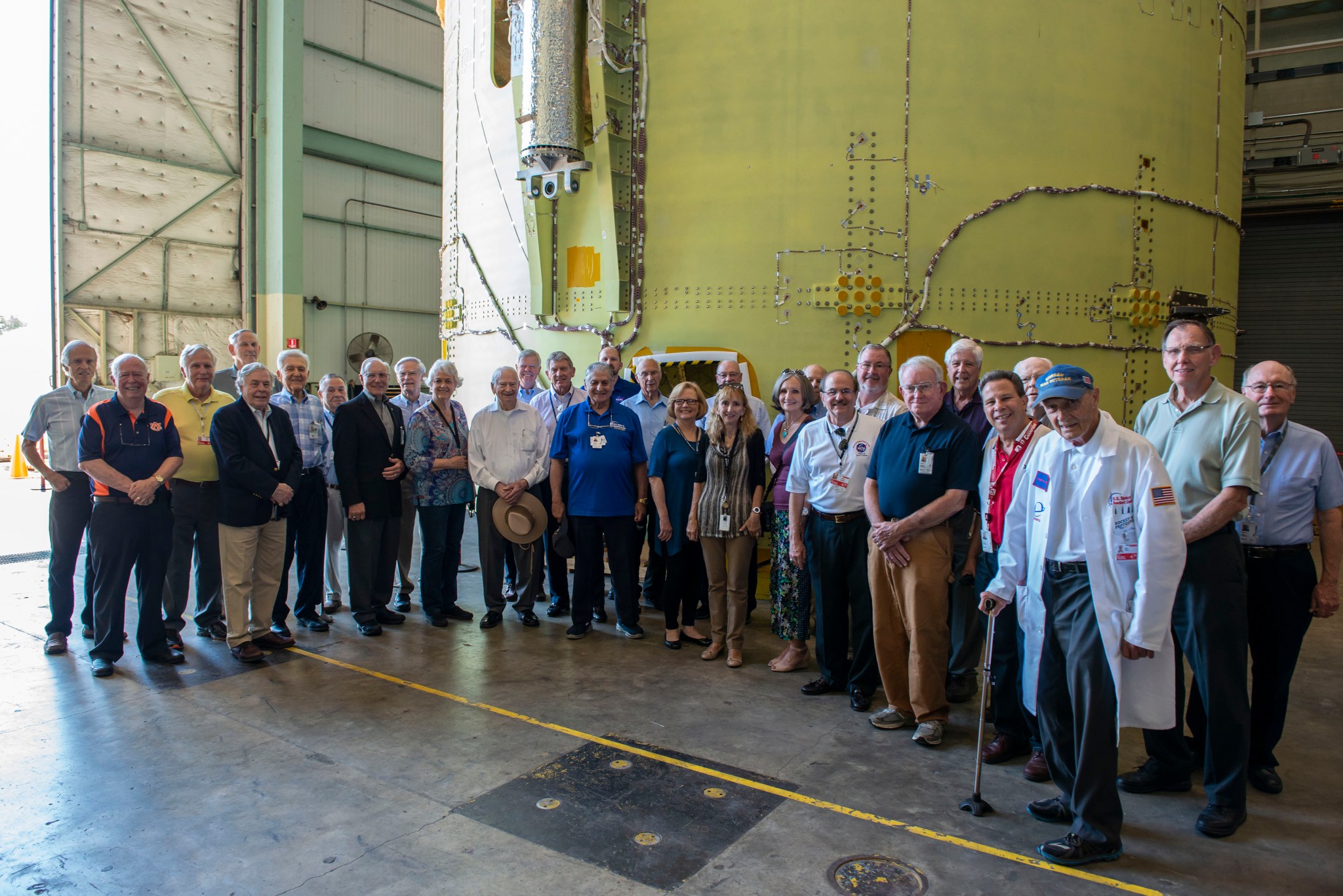
Marshall Retirees Association members take a break in front of the intertank for NASA’s new deep space rocket, the Space Launch System, while on a tour of Marshall Space Flight Center June 29. The intertank is the second piece of structural hardware for the massive SLS core stage. Members of the association, many of whom paved the way for SLS, also visited Marshall’s newest structural test stand — Test Stand 4693 –which is critical for ensuring SLS’s liquid hydrogen tank can withstand the extreme forces of launch and ascent on its first flight, Exploration Mission-1. The association was established to preserve the Marshall Center team legacy and to share the vision of space exploration with future generations. For more information about the association, contact Mary Spaulding, membership chairman, at md_spaulding@comcast.net.
This Week in NASA History: Juno Arrives at Jupiter – July 4, 2016
This week in 2016, the Juno spacecraft arrived at Jupiter after a nearly five-year journey. Juno was launched from Cape Canaveral Air Force Station on Aug. 5, 2011, and has a principal mission of understanding the origin and evolution of Jupiter. Aboard the spacecraft are nine scientific instruments that will allow Juno to investigate the existence of a solid planetary core, measure the amount of water and ammonia in the planet’s deep atmosphere, map Jupiter’s intense magnetic field and observe the planet’s auroras. Juno’s mission will also let NASA take a giant step forward in understanding how gas giant planets form and the role they play in putting the rest of the solar system together. This illustration depicts Juno in an elliptical, polar orbit around Jupiter. Juno is part of the New Frontiers Program, managed at NASA’s Marshall Space Flight Center for the agency’s Science Mission Directorate. The NASA History Program is responsible for generating, disseminating, and preserving NASA’s remarkable history and providing a comprehensive understanding of the institutional, cultural, social, political, economic, technological, and scientific aspects of NASA’s activities in aeronautics and space. For more pictures like this one and to connect to NASA’s history, visit the Marshall History Program’s webpage. (NASA)



